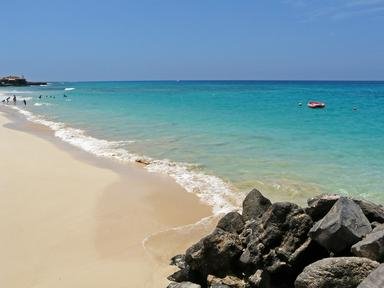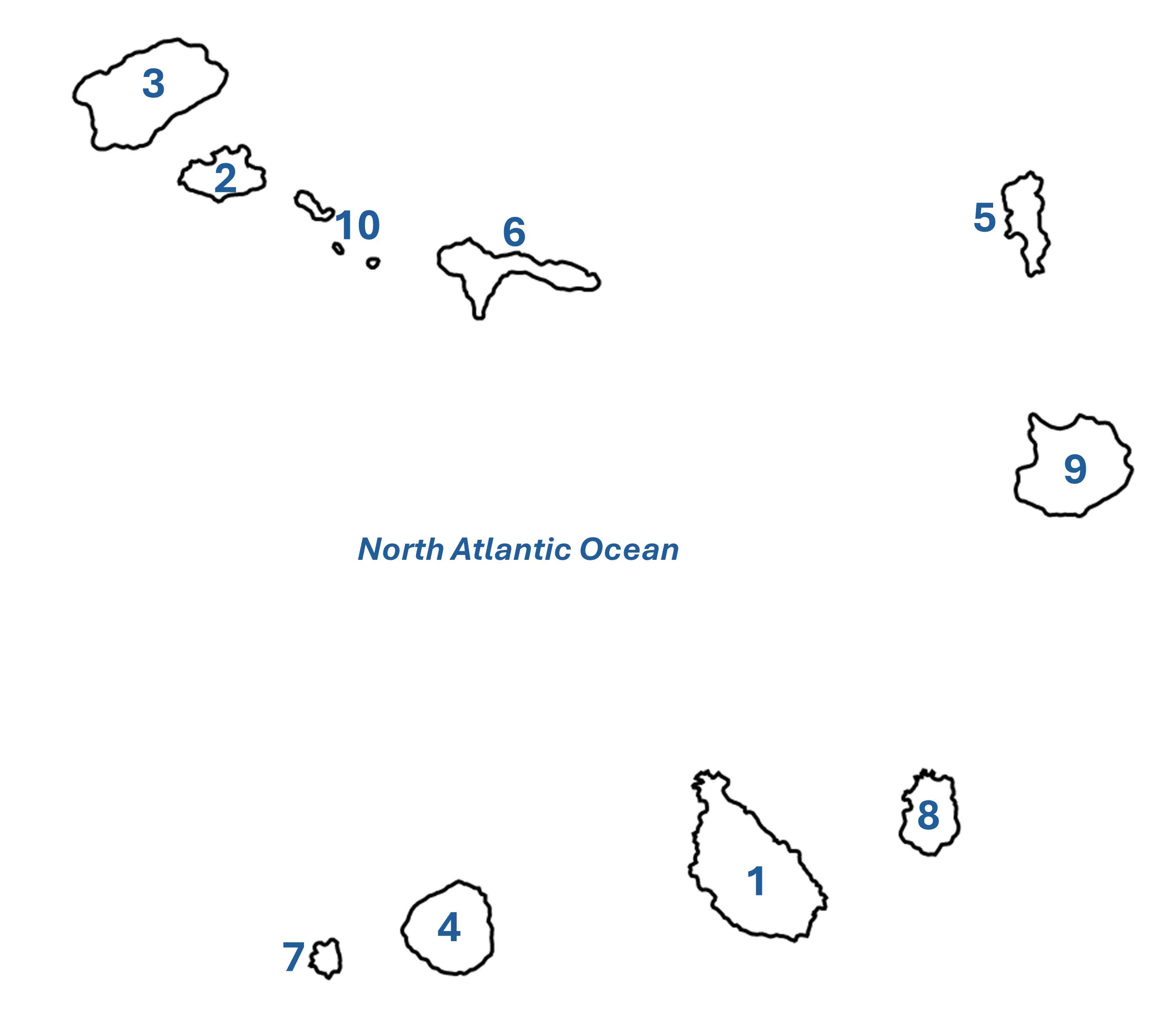
The Blue Waters of Cape Verde Trivia Quiz
Cape Verde lies off the west coast of Africa in the beautiful, clear blue waters of the North Atlantic Ocean. Your task is to correctly label each of the ten islands of which this picturesque archipelago is made.
A label quiz
by VegemiteKid.
Estimated time: 3 mins.
- Home
- »
- Quizzes
- »
- Geography Trivia
- »
- Africa
- »
- Cape Verde
